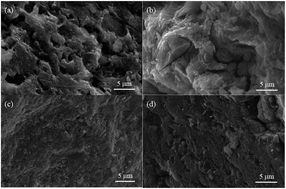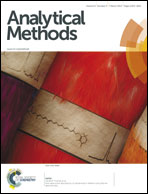High throughput screening of organic residues in archaeological potsherds using direct acidified methanol extraction
Abstract
Despite the significant achievements of organic residues analysis of archaeological pottery, the sometimes low lipid recovery and the need to process increasingly large collections of sherds to tackle important archaeological questions require the development of a more efficient and rapid extraction method. In this paper we present a novel methodology for the extraction of absorbed organic residues directly from crushed archaeological ceramic using acidified methanol (H2SO4–MeOH 2% v/v, 70 °C, 1 h). This new protocol was tested by: (i) verifying the recovery of organic residues from previously studied archaeological vessels from different geographical regions, exhibiting a range of different lipid distributions often found in archaeological pottery, and (ii) demonstrating enhanced recovery of organic residues from potsherds that did not yield appreciable lipids when using the widely applied chloroform–methanol extraction. The application of the direct acidified methanol extraction recovers higher concentrations of lipid residues together with simultaneous production of methyl esters of fatty acids, allowing extraction and methylation to be completed in 20% of the time compared to conventional solvent extraction and derivatisation for gas chromatography (GC), gas chromatography mass spectrometry (GC-MS) and gas chromatography combustion isotope ratio mass spectrometry (GC-C-IRMS).

- This article is part of the themed collection: Celebrating the 2016 RSC Prize and Award Winners

 Please wait while we load your content...
Please wait while we load your content...